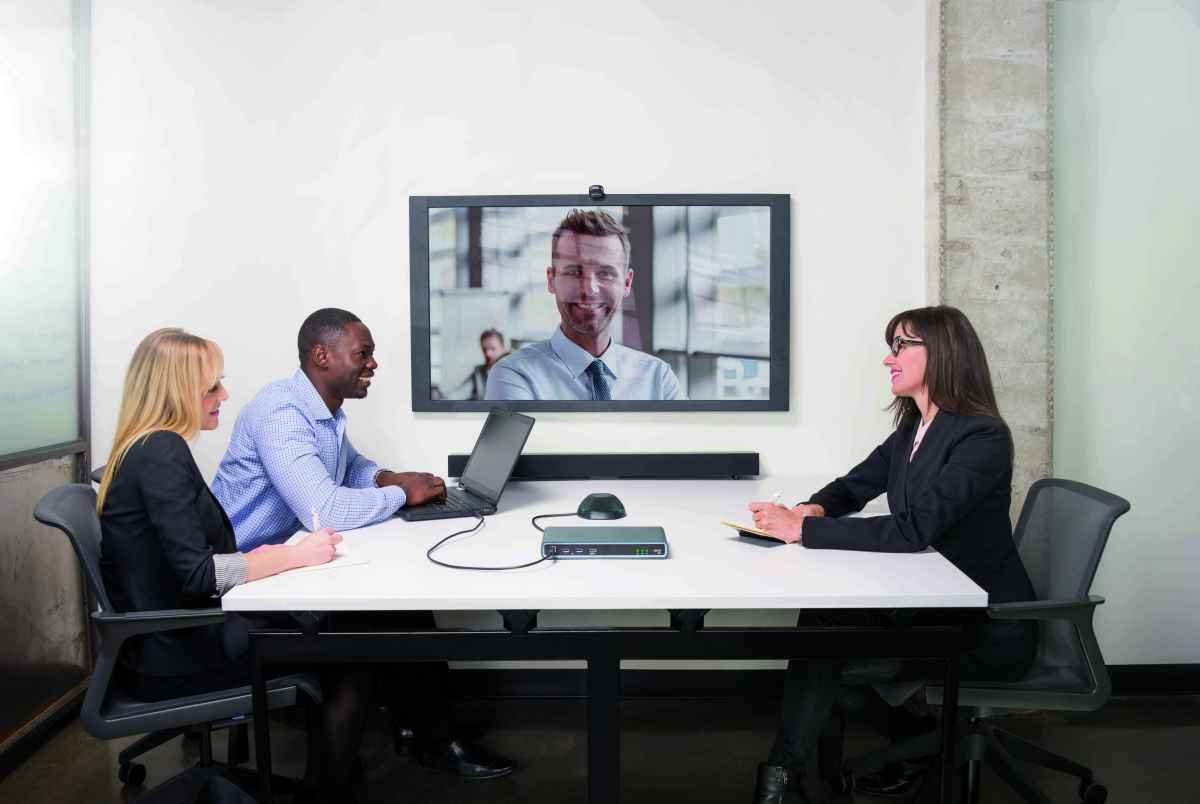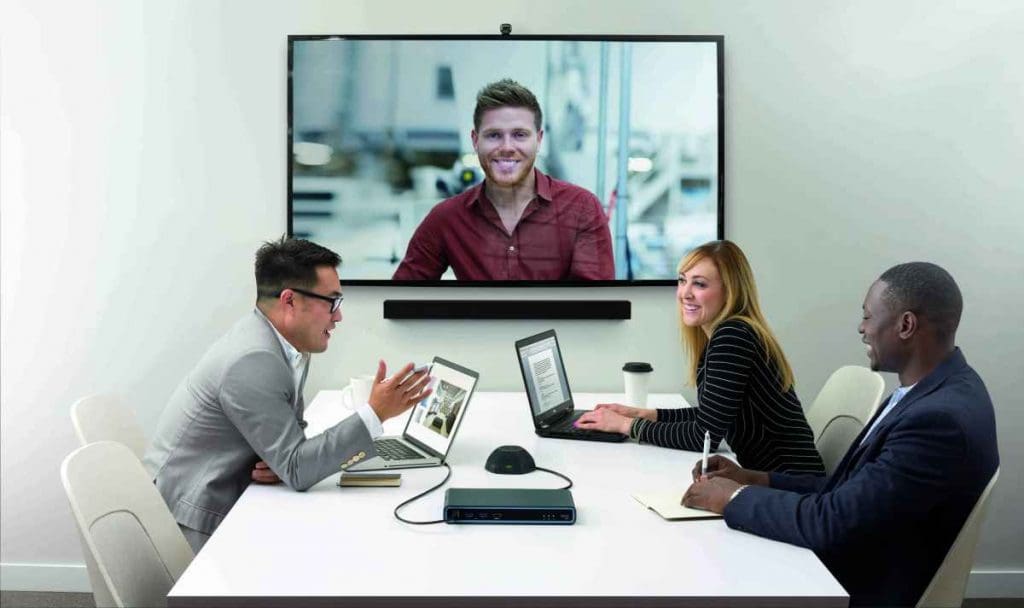We’ve all been to meetings in which both of the scenarios that Zach Snook, audio products manager for Biamp Systems, describes play out:
Scenario No. 1 is when the video for a video call isn’t working.
Scenario No. 2 is when the audio for a video call isn’t working.
Under scenario No. 1, the meeting is likely to happen despite the technical mishap, with the conversation continuing without a video complement.
Under scenario No. 2, the meeting simply won’t happen — unless the participants are fluent in sign language.
Where Are Your Meeting Room Audio Priorities?
It’s interesting, therefore, that customers so often make the huge mistake of prioritizing video over audio when planning meeting rooms, points out Snook.
Commercial Integrator’s recent Deep Dive survey on meeting room audio reflects a disturbing trend when it comes to budgeting for meeting room audio:
- 27% of customers are unlikely to budget appropriately for meeting room loudspeakers
- 66% of customers are only somewhat likely to budget appropriately for meeting room loudspeakers
- 35% of customers are unlikely to budget appropriately for meeting room microphones
- 49% are only somewhat likely to budget appropriately for meeting room microphones
- Cameras, video display, video collaboration and video conferencing all are prioritized over both microphones and loudspeakers when it comes to budgeting for meeting rooms
Meeting Room Audio Should Be a Priority
When customers choose not to emphasis audio when planning meeting rooms “it’s a huge mistake and one that people have pain points on all the time,” says Snook in a video interview with CI.
Prioritizing meeting room audio isn’t as difficult as most customers seem to make it. Integrators should work with their customers to make them understand the value of quality, flexible audio for meeting rooms and educate them on their product options.
Meetings are changing, he says, they’re more frequent and require more flexibility.
Some meeting rooms, such as multi-purpose spaces, might require a presentation to take place one day before completely restructuring for a work group meeting the next.
The challenge for integrators and their customers is to create the audio flexibility needed to optimize these meetings.
“At Biamp we’ve come up with a series of beam-tracking microphones for our Tesira and Devio product lines,” he says.
“The advantage we see in those microphones is you can drop them into complex spaces. We have calculators to make sure that you have the required areas that need to be covered. Then the microphones themselves sort of come alive and find people who are talking and using the room and lock them in.”
The point is that prioritizing meeting room audio isn’t as difficult as most customers seem to make it. Integrators should work with their customers to make them understand the value of quality, flexible audio for meeting rooms and educate them on their product options.
Watch the video above as Snook explains the challenges around meeting room audio and Biamp’s easy-to-use solutions for planning meeting rooms.











